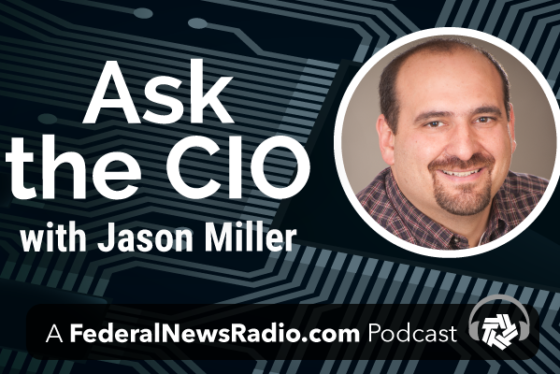Big Data
-
Thomas Brandt, the chief risk officer at the Federal Retirement Thrift Investment Board, said the upcoming Association of Federal Enterprise Risk Management summit and survey will provide the latest snapshot on how agencies are doing in managing and mitigating risks.
August 22, 2023 -
The Army’s new CIO wants to codify regulations for new software and data capabilities as he plans for new data platform contracts next year.
August 21, 2023 -
The Defense Department has been spending an increasing amount of its budget on maintenance and support costs to keep its aging fleets of aircraft at a certain level of mission readiness. However, costs keep rising as the lifecycle of aging weapons platforms gets extended, budgets struggle to keep up with inflation ultimately raising potential risks to mission readiness.
August 15, 2023 -
Agencies saw a governmentwide decrease in improper payments last year, after a surge of them at the height of the COVID-19 pandemic.
August 14, 2023 -
Intelligence agencies are bringing more of a top-down focus to open-source intelligence (OSINT).
August 14, 2023 -
As Navy ships near the end of each deployment cycle, crews plan and prepare for maintenance and scheduled system and compartment modernization that can’t be performed underway. These tasks require accurate, up-to-date data on each…
August 03, 2023 -
A plan to have the intelligence community and the Defense Department share secret cloud services takes both organizations closer to a goal of interoperability.
July 20, 2023 -
We’re living in an era of “modernization inflation,” in which agencies must keep up with the rate of innovation or risk falling behind. A bold modernization goal can pay dividends in helping agencies harness the latest technology and stay ahead of industry trends.
July 18, 2023 -
Justin Marsico, the Treasury Department’s Bureau of the Fiscal Service’s chief data officer, said a pilot program turned into a full-fledged training effort is helping to further instill the culture of data across the bureau.
July 17, 2023 -
Raj Sharma, the founder and CEO of the Public Spend Forum, said agencies are more willing to provide Phase 2 SBIR funding to promising technologies over the last four years.
July 05, 2023 -
The Federal Drive with Tom Temin recently brought you an interview with one of this year's Data for Diplomacy awardees from the State Department.
July 05, 2023 -
Financial institutions that use the electronic Consent Based SNN Verification system say it's working well, but are balking at a steep increases in fees.
June 30, 2023 -
Data offers a better solution for bolstering supply chain resilience. With a robust system, it’s possible to consolidate data across the supply chain from disparate sources using automated workflows that are supported by artificial intelligence.
June 19, 2023 -
In the view of one business group, the Federal Data Strategy needs a top-to-bottom rethinking. The Information Technology and Innovation Foundation says the strategy simply doesn't serve the needs of a government trying to modernize and digitize.
June 15, 2023 -
Jackie Taylor, the US government public sector alliance leader for EY, said agencies need to break down siloes and remove collection blinders to take better advantage of health and equity data.
June 14, 2023
















